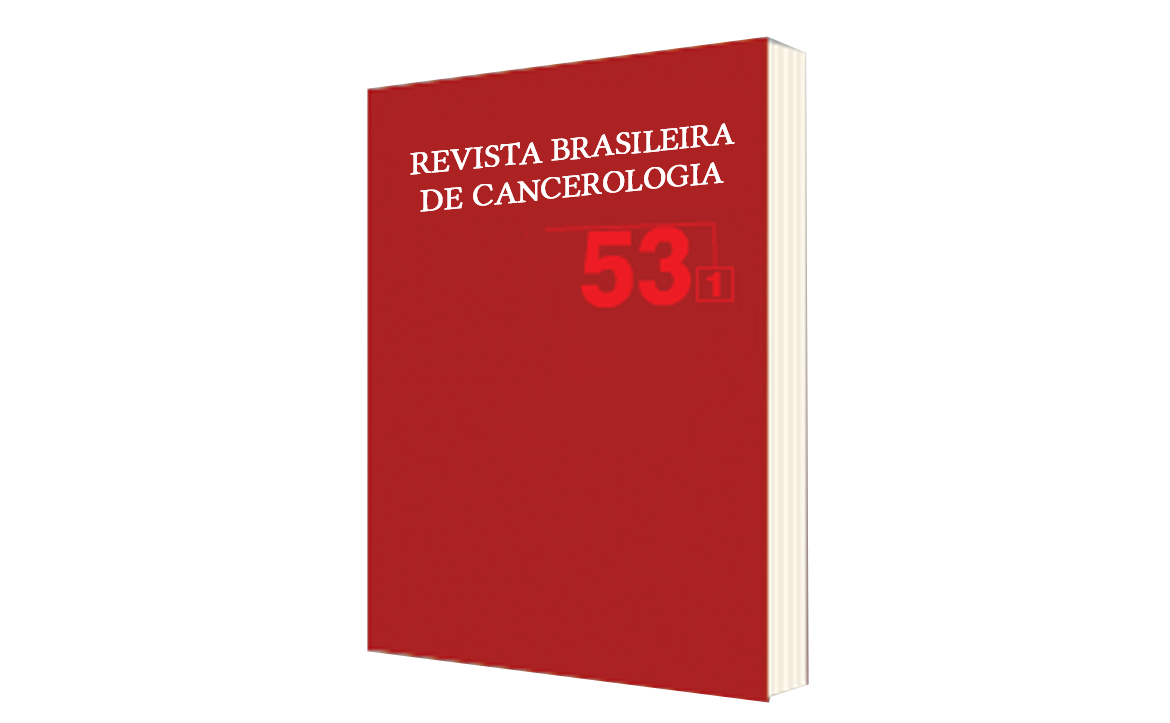Oral mucosal melanoma
DOI:
https://doi.org/10.32635/2176-9745.RBC.2007v53n1.1826Keywords:
Melanoma, Oral mucosa, PalateAbstract
Oral mucosal melanoma (OMM) has a low prevalence, accounting for some 0.5% of all oral malignancies. The disease is characterized by atypical proliferation of melanocytes with aggressive vertical growth and occasional presence of satellite lesions. The most common symptoms are bleeding, local pain, and tooth loosening, but the disease can be asymptomatic. Diagnosis is obtained by biopsy of the lesion. Currently, the best treatment option is surgery, but there is controversy regarding the extent of resection and utilization of radiotherapy and/or adjutant chemotherapy. Prognosis is poor and depends directly on the size and depth of the lesion and presence or absence of vascular invasion, necrosis, polymorphous tumor cell population, and lymph node involvement. Overall fiveyear survival for OMM is 15%; specifically for the palate, it is only 11%, with a mean of 22 months. The current article reports on the case of a male patient referred to the Department of Head and Neck Surgery and Otolaryngology at the A.C. Camargo Cancer Hospital with a pigmented lesion on the left side of the hard palate, previously submitted to biopsy, suggesting melanoma. Clinical examination did not show palpable cervical lymph nodes or other cutaneous or mucosal lesions. The left maxilla was resected and the palate was reconstructed with a lateral arm fasciocutaneous free flap. Supraomohyoid neck dissection was required due to the intraoperative finding of a metastatic lymph node in the left submandibular region. The patient was referred to postoperative adjuvant radiotherapy.









